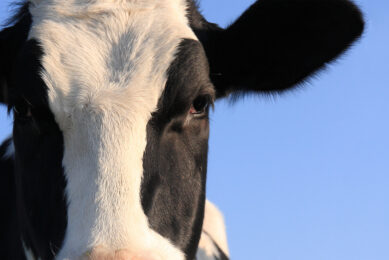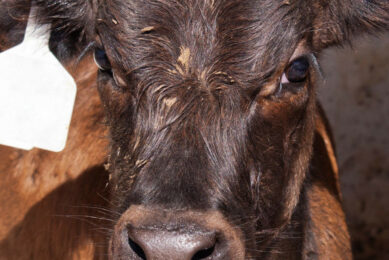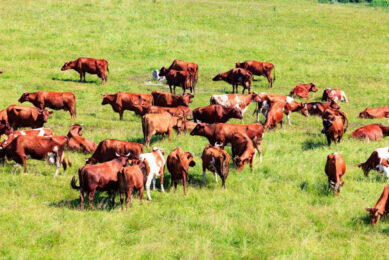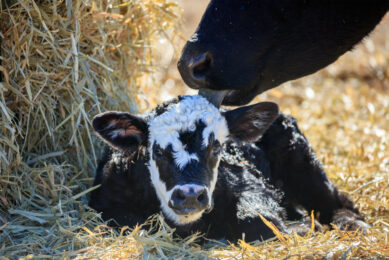Cattle breeding for better disease management
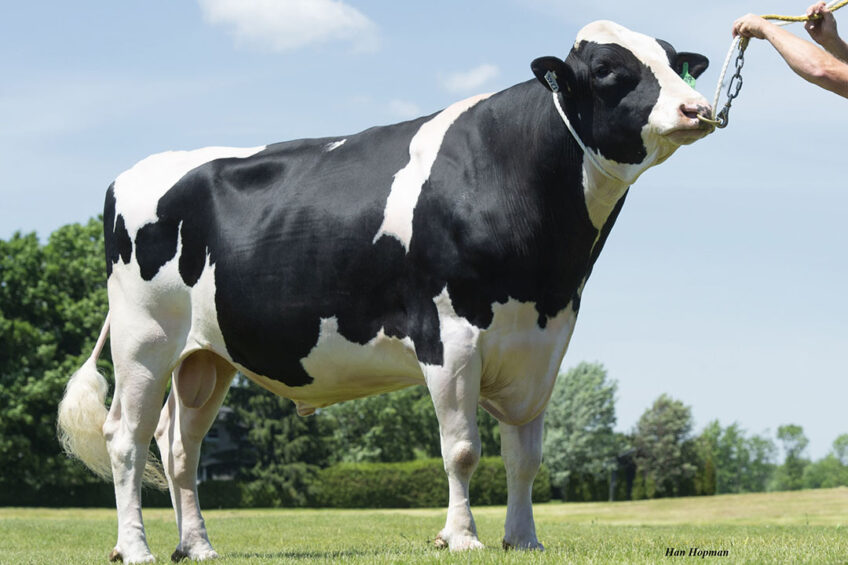
A patented breeding platform developed in Canada is based on immune response, resulting in dairy cows having a significantly reduced disease incidence compared to average and low immune responders.
In 2017, Dairy Global reported on High Immune Response (HIR) technology, which identified dairy cattle with higher immune response. This breeding platform was invented several years ago by Dr Bruce Wilkie and Dr Bonnie Mallard at the University of Guelph in Ontario. It was first tested in pigs and then later tested and applied in dairy cattle. This platform is now marketed worldwide by Canadian dairy genetics company, Semex, as Immunity+.

HIR technology allows the identification of animals that have low, medium and high immune responses, either antibody-mediated (AMIR) and/or cell-mediated (CMIR). AMIR response involves fending off pathogens such as bacteria that attack from outside the cell, while CMIR involves viruses and so on that damage the cell once inside. AMIR is measured through a blood test (amount of antigen-specific antibody activity present), and CMIR through a skin fold test (degree of skin thickness change after injection of an antigen). Immune response traits are inherited at a similar rate for cattle and pigs, at about 25%.
Previously, Dr Mallard’s research team used the patented HIR testing system in a large project, coined ‘The 5000-cow project’, involving animals from Ontario, Quebec and Alberta. “AMIR and CMIR phenotypes were determined for each animal using the HIR system and genotypes were determined through analysis of DNA extracted from hair follicles,” explains Dr Lauri Wagter-Lesperance, immunogenetics project lead and regulatory affairs manager for HIR at the University of Guelph. “This led to the development of the genomics predictive test, which is now available as part of Semex’s new ‘Elevate’ breeding programme. This means that producers can now determine if their females are ‘Immunity+’, or have a high, average or low immune response from a DNA sample.”

Females that are Immunity+ have been shown to have a significantly reduced disease incidence compared to average and low immune responders. With this knowledge, producers can make more informed breeding and culling decisions for cows of each immune response phenotype earlier rather than later in a cow’s lifetime, Dr Wagter-Lesperance explained. “Some management options for low or average responders might include breeding to an Immunity+ bull to improve the genetics of the next generation, or using these females as embryo recipients,” she said.
Shannon Cartwright, at the time a PhD student in the Mallard lab, showing that cows with high AMIR had significantly lower prevalence of digital dermatitis than cattle with average or low AMIR response.
Join 13,000+ subscribers
Subscribe to our newsletter to stay updated about all the need-to-know content in the dairy sector, two times a week.



